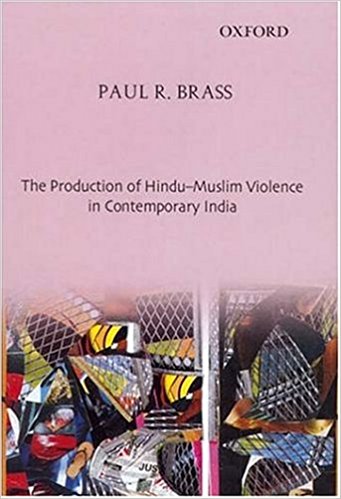Paul Brass stands next only to the late Myron Weiner and the Rudolphs (Lloyd and Susan) in the pantheon of American political scientists who have made it their lifelong business to understand Indian democracy. And this book is arguably his best work, reflecting a richness of insight, honed over a four-decade affair with Indian politics and its baffling complexities.Brass undertakes to demystify one of the most persisting phenomenon of modern India: the recurring Hindu-Muslim violence. In this work, Brass looks at the Hindu-Muslim violence, in all its different manifestations, in the city of Aligarh in Uttar Pradesh, mostly in the post-Independence era. He has been at it for over thirty-eight years, he says, since his first visit to Aligarh in 1961-62. As the home to the Aligarh Muslim University, the intellectual cradle to the movement for Pakistan, Aligarh became the natural site of Hindu-Muslim tensions, especially after 1947. Displaying an overwhelming familiarity with the mohallas (neighbourhoods in the walled city), castes, professions, personalities, police officers, political leaders, parties, Brass is able to give the reader a flavour of the tensions, political and communal, in Aligarh, without losing sight of the larger context of the demise of the Congress and the rise of the Bharatiya Janata Party/ the Samajwadi party.
May 2004, volume 28, No 5

